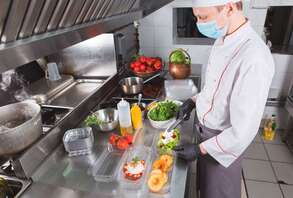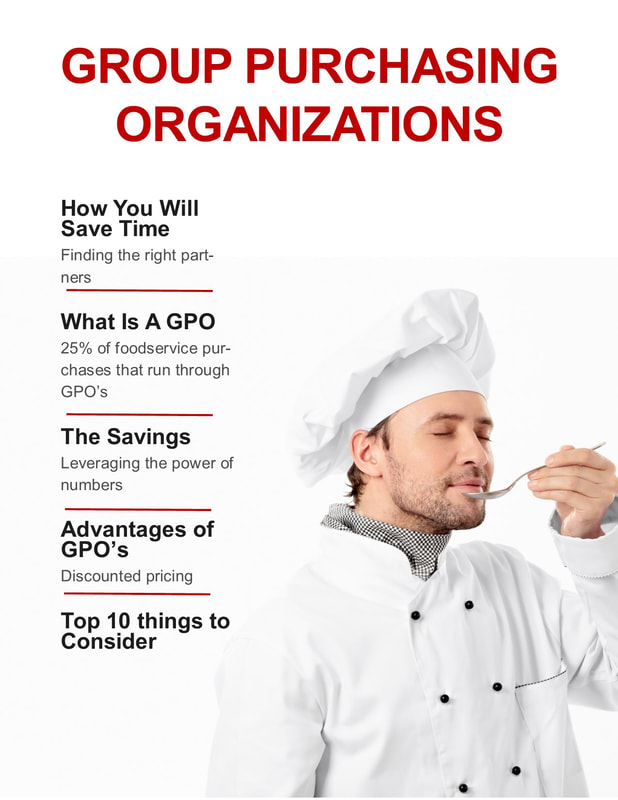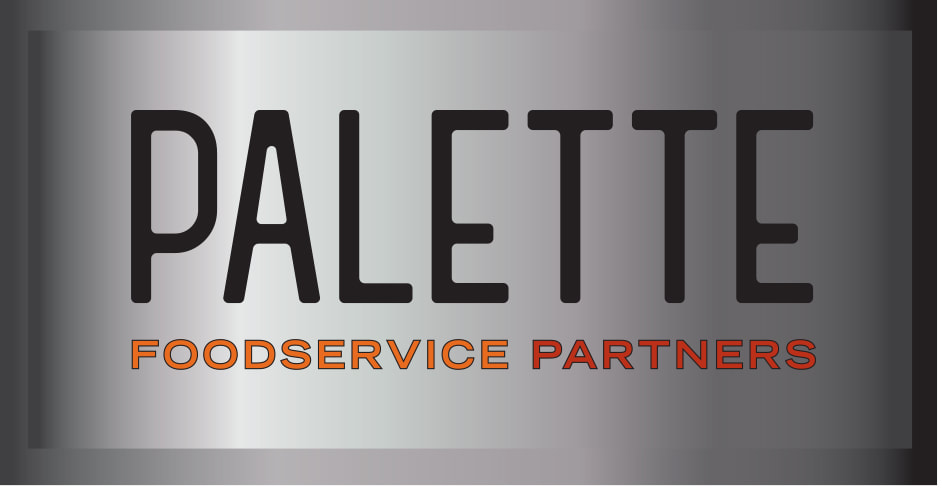 It’s about five times as expensive to acquire new guests as it is to retain existing ones, according to the business consultancy ITA Group. Loyalty programs have become critical differentiators for restaurants looking to boost their retention – and the loyalty points these programs allow guests to accumulate are powerful currency. Unfortunately, this also makes programs appealing targets for fraud. The Loyalty Security Association estimates that $3.1 billion in redeemed points are fraudulent. Fraudsters may try to hack into a restaurant’s loyalty system and manipulate points or redeem them illegitimately, access personal information for monetary exploitation, or even create fake programs that mimic (and damage the reputation of) legitimate ones. As a result, it’s important to ensure your program uses layered security measures to protect the information it holds. This includes monitoring each transaction to ensure its authenticity and confirm it comes from a trustworthy source, alerting you to potential breaches, and preventing users from creating fake accounts. At each step in the guest journey, automated checks should authenticate the transaction in a way that protects the security of the system from fraudsters without impacting the seamlessness of the process for valued guests.  Strengthening your emotional connection with guests Recent research has found that as critical as it is for businesses to increase their guest loyalty right now, consumer loyalty has been falling. A Salesforce survey found that the portion of consumers who feel emotionally connected to brands fell from 62 percent in 2022 to 54 percent in 2023. As technology has become a necessary part of operations for many restaurants, there has been greater potential for the brand experience to get watered down. As a result, loyalty needs some careful management. Precise, data-driven personalization is at the heart of it. In a Restaurant Dive interview, Rick Camac, executive director of industry relations at the Institute for Culinary Education, said that brands that keep the same rewards without measuring the emotional connection they make with loyalty members will ultimately lose value and customers. Chipotle, whose rewards program grew almost 14 percent to more than 36 million members in 2023, is using a “personalized decision engine” to identify the free items their rewards members can receive through Freepotle, a perk the brand launched last year to drop 10 free food items into rewards program members’ accounts over the course of the year, the report said. Providing guests with such offers not only makes their experience with the brand feel fun and special – it also helps Chipotle collect reams of additional data about the kinds of items rewards members like receiving from them. That data can, in turn, feed their plans for future menu items, specials and targeted rewards offers. Earning loyalty doesn’t have to involve offering large amounts of free food, either. Consider gamifying your program with a rotating list of contests throughout the year. What might your brand do to strengthen its emotional connection with guests?  Earlier this year, when Wendy’s CEO Kirk Tanner announced a $20 million investment in digital menu boards to test strategies like dynamic pricing, the backlash was immediate and fierce. The public’s assumption was that restaurants were going the way of Uber by implementing surge pricing during peak periods. But the controversy overshadowed how restaurants can use pricing flexibility to their benefit – not merely to make money, but also as a means of providing value to guests, making delivery more financially sustainable, and reducing waste. As Food on Demand reports, Shawn Walchef, founder and CEO of San Diego-based Cali BBQ, uses technology from Juicer to adjust delivery pricing on his restaurant’s $15 pulled pork sandwich. He spent more than a year testing how delivery customers responded to paying between $12 and $18 for the sandwich at different times of day. He hasn’t gotten pushback, so now he uses dynamic pricing to help use up excess product in the afternoon (and reward customers who order at that time of day). He plans to test the model with other menu items and locations. In the meantime, he has been able to boost his delivery revenue by $1,300 a month on average. If you’re looking for ways to boost traffic during slow periods in a way that feels like a good value to customers, improve delivery revenue, and use your inventory more efficiently, tech that gives you flexible pricing capabilities could be a useful tool in your toolbox.  The new season brings new food to the menu and will likely inject some new energy into your restaurant as tourism season begins in many parts of the country. As Ashish Alfred, chef and owner of the Alfred Restaurant Group, told Modern Restaurant Management recently, it’s a good time to do some spring cleaning to make sure the back of your house is ready – and to give it a refresh if not. That includes taking a careful look at your menu to ensure you’re focusing on quality over quantity with your options, as well as making sure you’re doing so in a way that is profitable, minimizes waste and simplifies food preparation for your staff. Doing more with less extends to other areas of your business too: Enhance your efforts to cross-train staff to build skills across your team, identify opportunities to automate or simply food preparation and compliance tasks, and review supplier contracts to make sure you’re getting the most you can from your agreements. You may also be able to extend the reach of your business in low-labor ways through online ordering and delivery. Then, think about how you might provide creative, experiential, high-value experiences for your guests in the months ahead. Depending on the range of guests you serve, that could mean planning a series of onsite events that showcase your chef or specialty menu items, or finding new ways to get your food onto guests’ tables in their homes and offices.  At the height of the pandemic, it seemed like ghost kitchens might be the restaurant industry’s salvation. But once restaurant dining rooms reopened, many of the large brands developing these operations failed as consumers directed their dollars toward businesses whose locations and brands they recognized – not (as many consumers perceived) tech companies that happened to prepare food. But now the remnants of major ghost kitchen brands Nextbite and Kitchen United are being repackaged into something new that may help revive and repurpose ghost kitchens. Fast Company reports that Sam Nazarian, founder and CEO of the hospitality brand SBE, who recently acquired the above ghost kitchen brands, is reassembling them in ways that lean on the individual brands of the restaurants they include and the chefs and other personalities behind them. Further, this reinvention of ghost kitchens is embracing the physical spaces – including grocery stores, food halls and hotels – that consumers trust when they make decisions about the food they eat. Nazarian is then weaving in the strong digital ordering and distribution channels that made ghost kitchens seem so promising in their original incarnation. While it’s early to say if this updated approach to ghost kitchens will pay off, it may set the tone for how restaurants might be able to use them to tap into new income streams going forward – capitalizing on efficiency and scalability but retaining more of the qualities that have always made restaurants desirable to consumers.  Staffing is a perennial challenge in the foodservice industry. So could that be a sign that it needs an overhaul? The National Restaurant Association is studying potential solutions – and increasing numbers of gig workers may be among them in the years ahead. About one-quarter of the restaurant operators surveyed in the association’s recently released State of the Restaurant Industry 2024 report said they would consider using gig workers to supplement staff. It may not be a huge leap, considering many foodservice staff work part time and turnover is frequent enough that many restaurant workers are newcomers. However, the similarity has raised concerns in certain jurisdictions due to potential conflicts around third-party contractors classifying their gig workers as “independent contractors” and excluding them from the benefits and stability of full-time employment, according to a Restaurant Dive report. Are gig workers currently part of your staffing strategy – or could they be in the future, particularly around busy periods when you anticipate needing additional support? How could your tech stack support this change? If your suppliers are also hiring more gig workers, how are they ensuring consistency and safety in their products? How might your approach to training – as well as your approach to hiring management roles—need to change if you had more gig workers stepping in to fill gaps on your staffing schedule?  There’s no doubt that third-party delivery allows restaurants to gain exposure to new guests and fast-track a business looking to provide a turnkey delivery option. But once a business has a foothold in delivery, transitioning to a first-party alternative provides far more benefits, including larger tickets and tips, improved service management, and access to guest data that empowers the business to craft targeted offers and build its loyalty program. (And as for loyalty, you have a far better chance to build it once you move more guests to first-party delivery: Paytronix found that first-party ordering has a loyalty attachment rate of 41 percent, compared to just 3 percent for third-party ordering.) If you want to convert more guests to your first-party delivery platform, there are steps you can take to encourage them in that direction. Online Ordering 2024 Trends, a new study from Paytronix, suggests using your third-party packaging materials to drive people to your website or mobile app – you might try printing a QR code or link on your bags, cups, boxes and napkins to help direct traffic where you want it most. In your store, email campaigns and social media, you can do something similar, building awareness of your first-party platform with signage and outreach. Once you get people to your app, make that the place to be, with a wider selection of menu items than are offered through the third-party app, items that are exclusive to your loyalty program members, and additional promotion about the benefits of joining your loyalty program.  Name a major restaurant brand and chances are that it has relaunched its loyalty program over the past year. As competition has increased along with consumers’ need for value, more brands have reinvented their loyalty programs to meet the moment. If your program hasn’t had a refresh in a while, make sure it’s not only driving return visits but also allows guests to earn rewards in ways that work long-term for both your business and your guests. For instance, Sweetgreen Chief Marketing Officer Daniel Shlossman said in an interview with PYMNTS that points-based systems, for example, can lead to situations where guests become rich in rewards and ready to redeem them, while the restaurant has to respond to the high demand by degrading the value of the rewards. For that reason, Shlossman said, Sweetgreen decided to offer a gamified approach that rewards guests in exchange for certain kinds of purchases – and enables to brand to provide different offers to different kinds of guests. If you have a loyalty program, have you tested it to better understand how guests will be able to redeem rewards months down the line? Do you have the flexibility to recalibrate your program to manage the demand? Are you offering the kinds of rewards that provide a little incentive for different subsets of your most loyal guests?  In 2023, the growth of the restaurant industry outpaced population growth by approximately three to one. It’s no wonder that it’s so challenging to keep a foodservice business going – nevermind growing. But if growth is your goal this year, it’s a good time to dig into the diagnostic tools that can help you more readily see what your business is doing right, how it compares to the rest of the market, to what degree your competitors are chipping into your customer base, and what actions make sense for you to take to seize the growth opportunities that become available this year. Even if you have a talented team and tech tools that give you real-time insight into what your business needs internally, you also need to collect market intelligence to strengthen your outward view. It’s important to helping you assess (rather than intuit) where there are pockets of potential in the market, how well your stores are likely to perform within it, and what your business offers in comparison to what’s nearby. The investment in this research can pay off by giving you a better sense of when to sell a location, whether to acquire a complementary restaurant, or where to look for real estate so you can move more quickly and confidently when opening a new location. Or perhaps it can reaffirm that you should focus on growing in place. Maybe your best approach to making your business distinct from the competition is about offering some new promotions, rotating menus, or elevated dining experiences that offer higher perceived value.  After a few years in which so many restaurants were operating in survival mode, the start of 2024 feels like a time of greater optimism for restaurants. Technomic expects U.S. restaurants to experience more steady business growth this year after several years of challenging surprises. That, paired with some possible quieter shifts over the coming weeks, makes now an ideal time to put plans in place to drive your success this year. Slower periods are great times to get organized, test out new ideas and train staff. Use quieter shifts to clear out inventory, declutter storage areas or launch new technology. Assess your business over the past year: Where have you fallen short on food safety? Are there bottlenecks in your guest journey that you can smooth out? Areas where you can operate more leanly? Maintenance tasks that have been overlooked or delayed? Addressing those issues now can help you avoid crises later. This practice can also help you determine where you might be leaving money on the table so you can plan (and possibly automate) inventory management and marketing efforts, strengthen your various revenue streams, and potentially target new ones. Now is a good time for experimentation: Maybe you have a new menu, limited-time offer or service model to try on guests – a soft launch can help you collect feedback with less pressure. Focus more time on education, whether that’s training staff on new technology or providing a talented employee with some kind of career-development opportunity. Refresh your brand and your culture. Does your dining room décor or website interface feel stale and need an overhaul? Are there steps you could take to boost engagement and morale on your team? Take time to communicate, collect feedback, implement changes and monitor progress. Getting your business off to a strong start can help you better sustain the inevitable challenges that crop up later in the year. |
Subscribe to our newsletterArchives
June 2024
Categories
All
|




 RSS Feed
RSS Feed